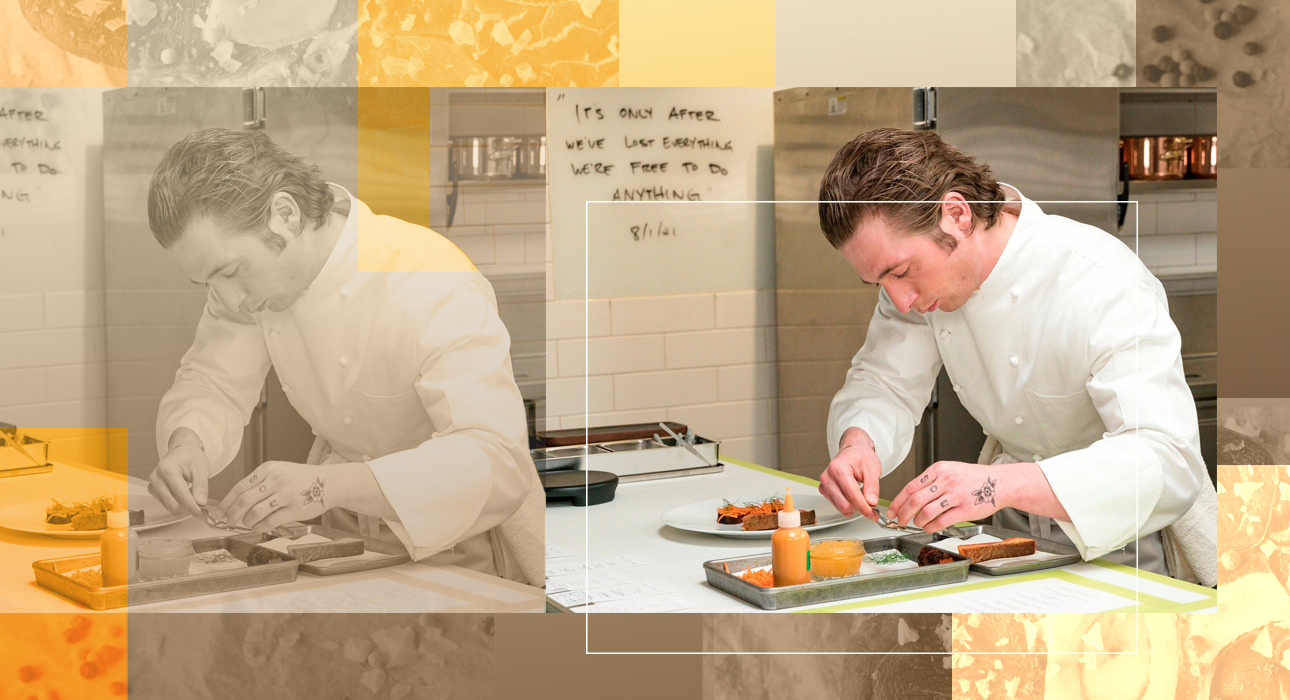The future is closer than you think. The fantasies of filmmakers and the predictions of scientists that the world will soon be engulfed by digitalization, robots and artificial intelligence are coming true. Technologies are developing rapidly. With the help of neural networks, you can create not only a short text and image, but also a full-fledged clip, fashion photo shoot and even an astrological forecast.
Future technologies have reached the kitchen. And we are not just talking about artificial intelligence, but we will talk about that, but also about other discoveries of scientists and chefs. We have already collected products that replace the usual food, and after a while they will become the basic elements of the daily diet.
Foods invented by artificial intelligence
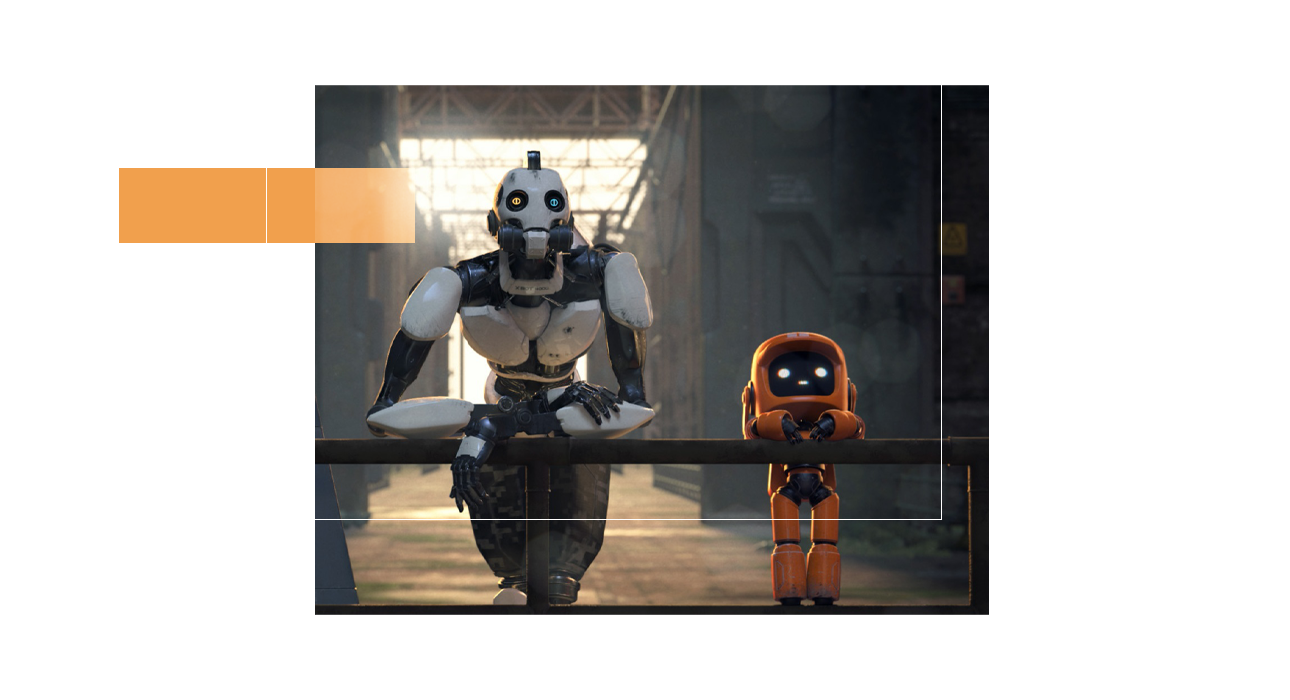
Modern technologies have long reached cooking, for example, 3D printers. Restaurants are now incorporating AI into their operations. The neural network finds dishes based on gastronomic preferences or adapts the menu to the guest’s mood. Maybe in the future, artificial intelligence and 3D printers will come together to create masterpieces in the kitchen. All we have to do is enter the name of the dish on the keyboard or tell the waiter the necessary ingredients and our personalized order is ready.
dried insects
The thought of insects may be disgusting, but no matter how hard we resist, research shows that they have high nutritional value. For example, dried crickets contain six grams of protein, making it an effective filler. Additionally, insects are an environmentally sustainable product that requires minimal resources for production.
artificial meat
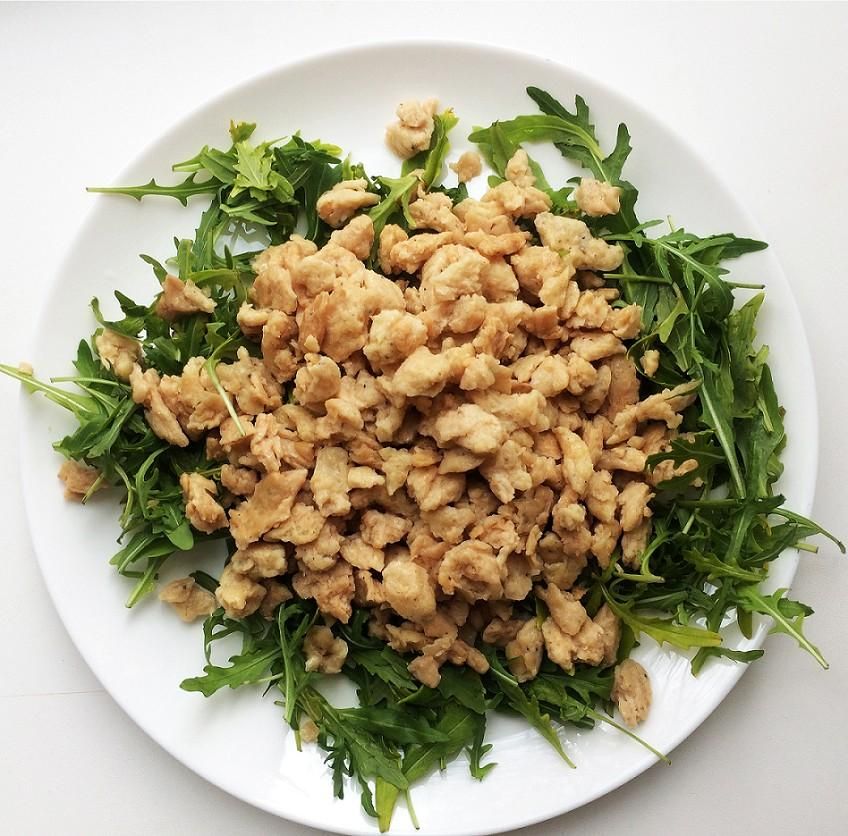
Nowadays, we often hear about plant-based meats. The trend of not eating meat is becoming increasingly popular. Plant-based analogues are appearing on store shelves, and influencers claim that protein deficiency can be filled with other products. Teeth-gritting doctors agree, but warn of the risks of abandoning meat altogether. The number of vegetarians is expected to increase in the future, and here’s why.
The truth is that raising animals not only violates moral principles, but also harms nature. Statistically, livestock production produces far more greenhouse gas emissions than the entire transportation sector. Scientists are intensively looking at alternative options: growing meat in test tubes from animal cells, recreating steaks using plant ingredients. The profits of soy meat producers are expected to increase by 14% in 2027, reaching 17.1 billion dollars (about 1.4 billion rubles).
When it comes to lab-grown cultured meat, its future is uncertain. So far, experts believe that it will not gain as much mass popularity as plant-based. However, it is possible for the product to receive the title of “new taste” due to its high cost and unusual taste. The aromas added to the product add a unique flavor to the product.
Freeze dried foods
The advantages of freeze-dried food are that it retains up to 97% of its nutrients, is easy to transport, and has a long shelf life of up to two years without loss of taste and quality. These are especially valuable qualities in the modern world, where every minute counts. We no longer want to spend a lot of time on cooking, but we try to maintain normal health and eat right. Freeze-dried foods allow you to combine these two habits.
Moss
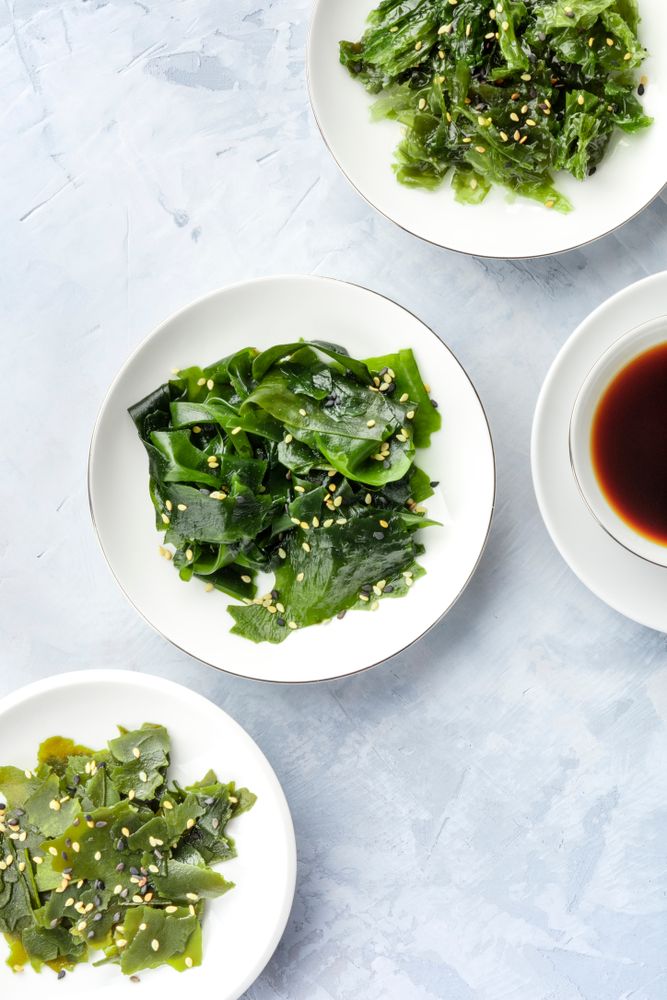
We still use seaweed today. They have become an indispensable ingredient of sushi and salads, as well as the basis for the production of seaweed and snacks. But for now this is a delicacy that is only sometimes found in our diet. Things may change in the future. Scientists from the University of California, San Diego believe that algae can replace a full meal. Studies have shown that the product is high in protein.
Scientists stated that time determines new rules. The climate is changing, the environmental situation is worsening, and the planet’s population is increasing. In such unstable conditions, it is enough to think of effective ways to produce proteins.
Additionally, many species of algae are rich in vitamins, minerals and macronutrients essential for human nutrition: amino acids and omega-3. However, according to scientists, it is still difficult to grow algae that meet all quality criteria. To make a product generally available on the same level as meat or poultry, large areas are needed to raise individual species. Algae are noted to grow well in brackish or salt water; In extreme cases, dairy wastewater can be used.
To increase attractiveness, it is necessary to improve color, taste and reduce the noticeable fishy smell. At the same time, researchers are confident that algae production will cause less harm to the environment than traditional agriculture, since greenhouse gas emissions will be minimal. This is a huge plus, especially considering that the world population is rapidly increasing.
bioplankton
We all know bioplankton as fish food created on the basis of natural biological additives. And it’s probably weird that it’s on the list of foods people will eat in the future. However, there is a logical explanation for this. Bioplankton is excellent for satisfying hunger and normalizing digestive processes, as it is rich in proteins and omega-3. Research by scientists has also proven that it can strengthen the immune system. By the way, it is very easy to grow bioplankton. To do this, simply set up a seaweed farm. It absorbs carbon dioxide, which makes it considered environmentally friendly.
inhaled food
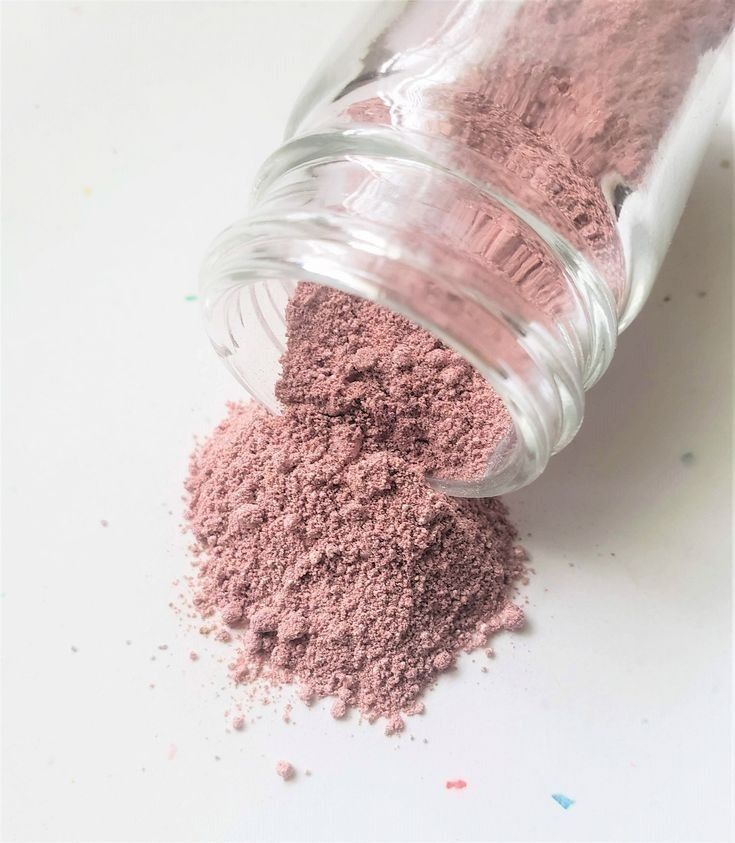
The direction was developed in 2012. The inspiration was Harvard professor David Edwards, who created a device to atomize breathable dark chocolate. The product was instantly liked by boys and girls who pay attention to their figures. They claimed that “inhaled food” reduces appetite.
Canadian chef Norman Aitken bucked the trend by creating a vase with an ultrasonic diffuser. Food, usually soup, was placed in a bowl and shaken until it formed a cloud of air. The person then inhaled the resulting mixture through a straw. The process has been described as “a taste sensation in the mouth where there is nothing.”
The process has improved. Products are now being created that enter the body through spraying to satisfy and achieve all taste sensations. Similar technologies are also used in molecular gastronomy, where dishes literally become works of art by combining various ingredients in their unusual forms.
If you want to expand your knowledge in the field of gastronomy, we have previously told you what members of the imperial family ate.
Source: People Talk
Errol Villanueva is an author and lifestyle journalist who writes for The Fashion Vibes. With a passion for exploring the latest trends in fashion, food, travel, and wellness, Errol’s articles are a must-read for anyone interested in living a stylish and fulfilling life.

